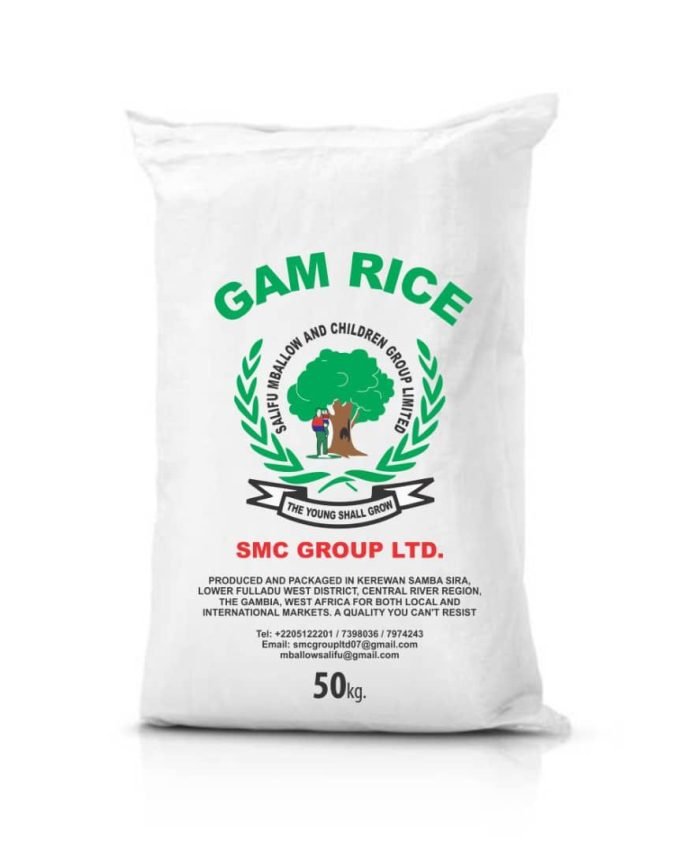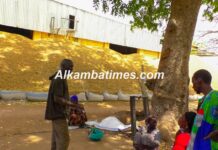By: Foday Manneh
Rice is the new gold in the Sahel amid growing food insecurity and inflation-fatigued markets pushing food prices to novel limits. In the Gambia, rice is the staple food, with a per capita consumption of 117kg per annum, of which only 17% is produced locally.
The British, however, are blamed for discouraging rice production in the West African country in the 19th century. A Gambian man promises a complete restoration of the country’s former glory in rice production.
The staple crop is grown in waterlogged rice paddies called ‘faros’ (rice paddy fields). The traditional type, developed in the uplands and swamps long before the arrival of the colonial powers, is short-grained and has been left to mainly women who cultivate this variety throughout the country.
Rice was introduced in the Gambia in the 1500s, before which the farming of indigenous crops, such as maize and millet, was the most practiced, according to Gambian Historian Hassoum Ceesay.
Then on, rice was increased in the country thanks to the opportunity offered by the river Gambia and its arteries, locally called the “Bolongs,” which are actively available for cultivation alongside the rainfall, despite its recent decline due to global warming.
According to the historian, the transatlantic slave trade has also played a significant role in rice production in The Gambia following the introduction of Nerica rice, which can withstand salt and be produced for both subsistence and commercial purpose.
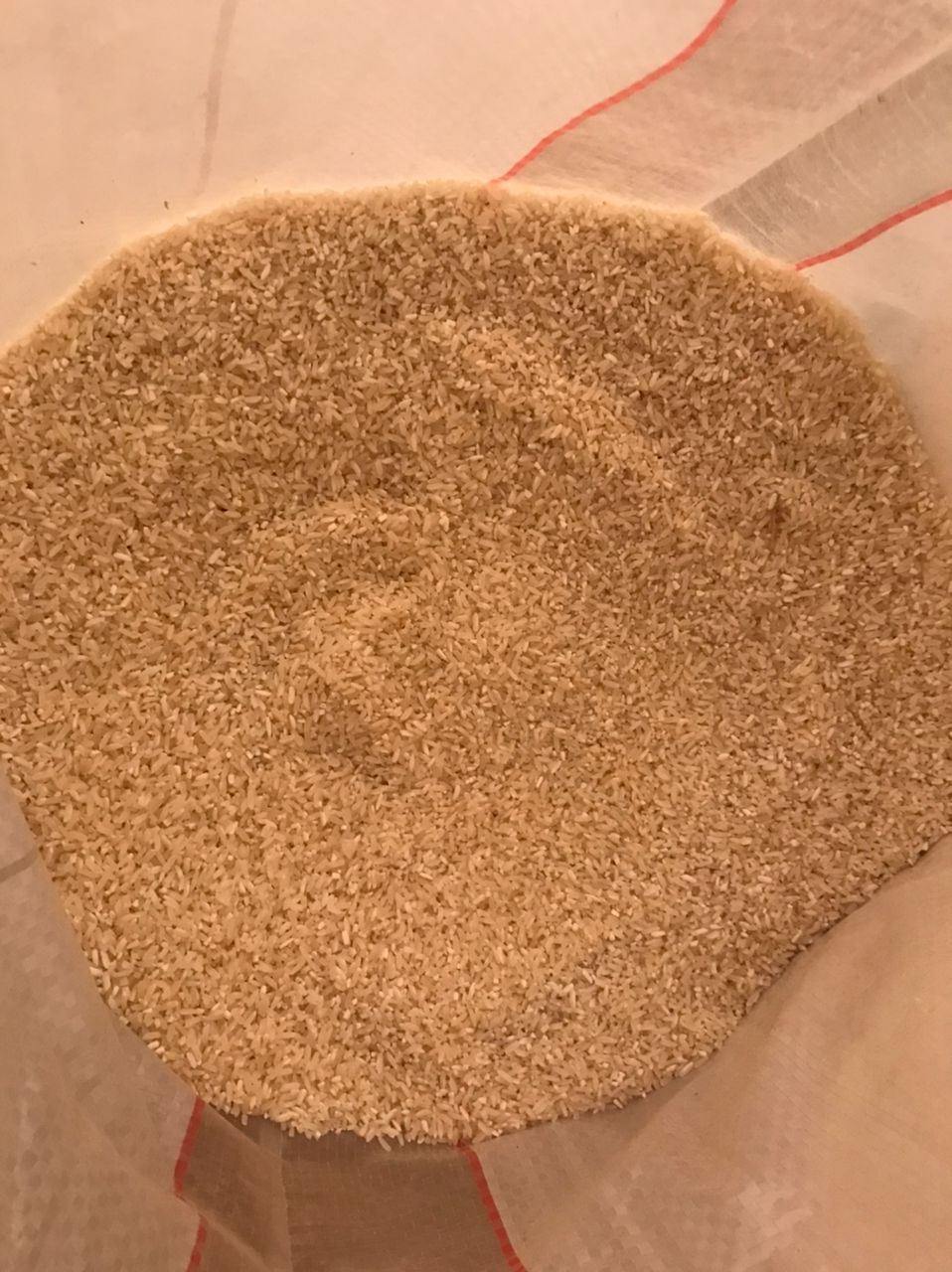
“At James Island, when the slave ship came, the first thing the ship captain did was to get enough rice to last their one-month voyage between James Island and the United States of America. Because of this, the enslavers prefer those from the Gambia because of their ability in rice production.”
In 1830, groundnut came about. This latest introduction compelled the British colonists to discourage rice production while imposing on Gambians to grow and export groundnut — pay taxes and shift to the importation of rice.
“All these British companies like Bartez, Palmin, CIPAO, and other French companies were ready to buy groundnuts, but not rice, which discouraged it completely,” Hassoum recalled.
The slump will hit hard decades later as the product continued to diminish in the market, with the bulk of rice consumed in The Gambia mainly imported from Pakistan, Thailand, and Brazil and the highly finished brand called “American Rice.”
The country is now stuck in the importation cycle, and significant efforts to boost rice production have yet to show any impact in allaying increasing dependence on foreign-produced rice.
Meanwhile, a native of Kerewan Samba Sira village in the Central River Region of the Gambia, Salif Mballow, has an ambitious dream to bring back rice production with the intention to commercialize through his company called Salif Mballow and Children’s Group (SMC).
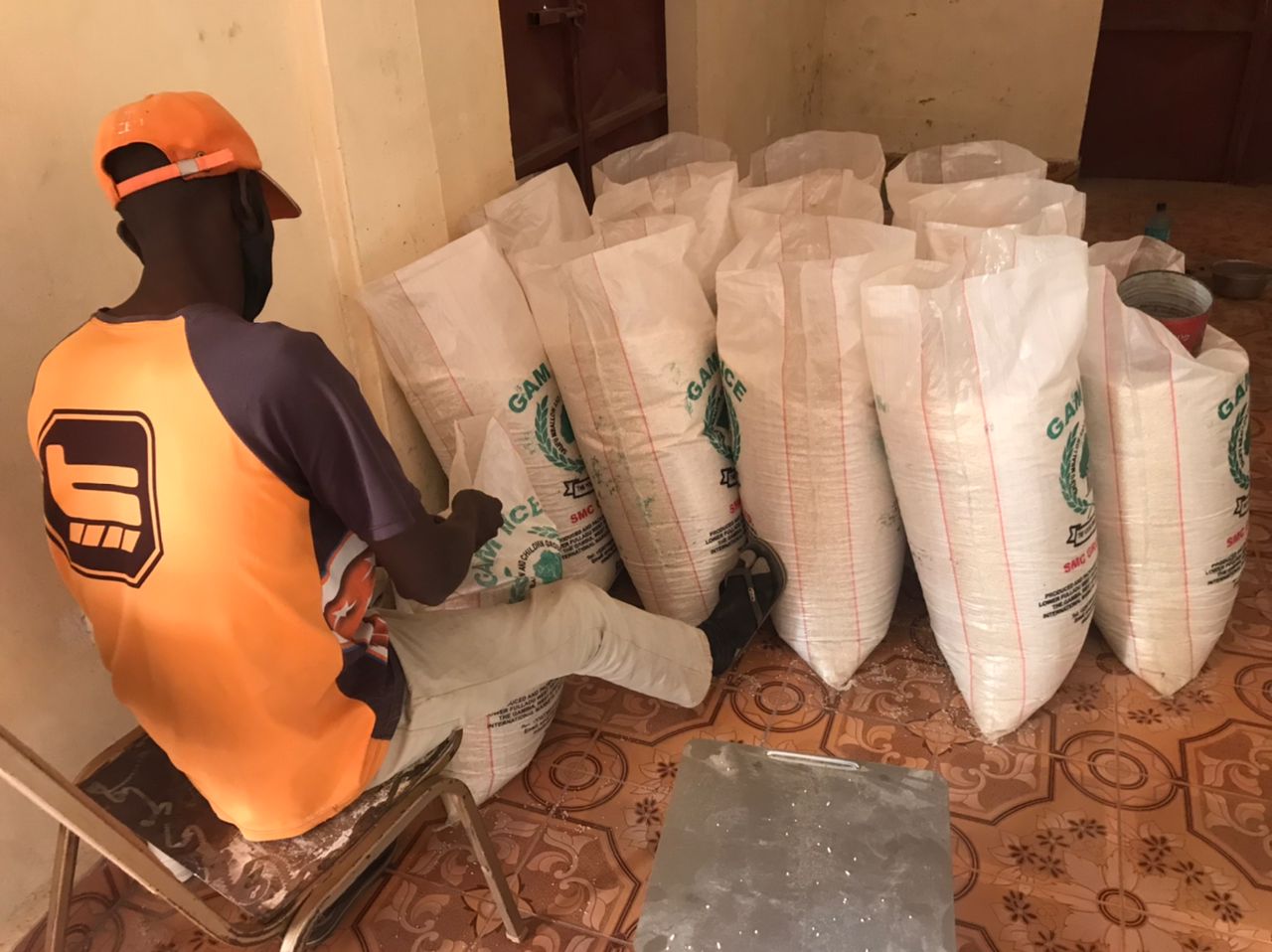
“I used to see in my dream 15 years ago that I am on farmland covered with green everywhere. So that is how it started for me,” Salif told TAT.
Salif left his motherland in 1996 as a regular traveler around some parts of the world, including Europe, in search of greener pastures. The young man returned and started his company supporting farm equipment, seeds, and the provision of labor to poor farmers.
Five years after his return, in 2022, Salif went into producing locally grown rice processed, packed, and branded as “Gam Rice” and sold in the Gambian market.
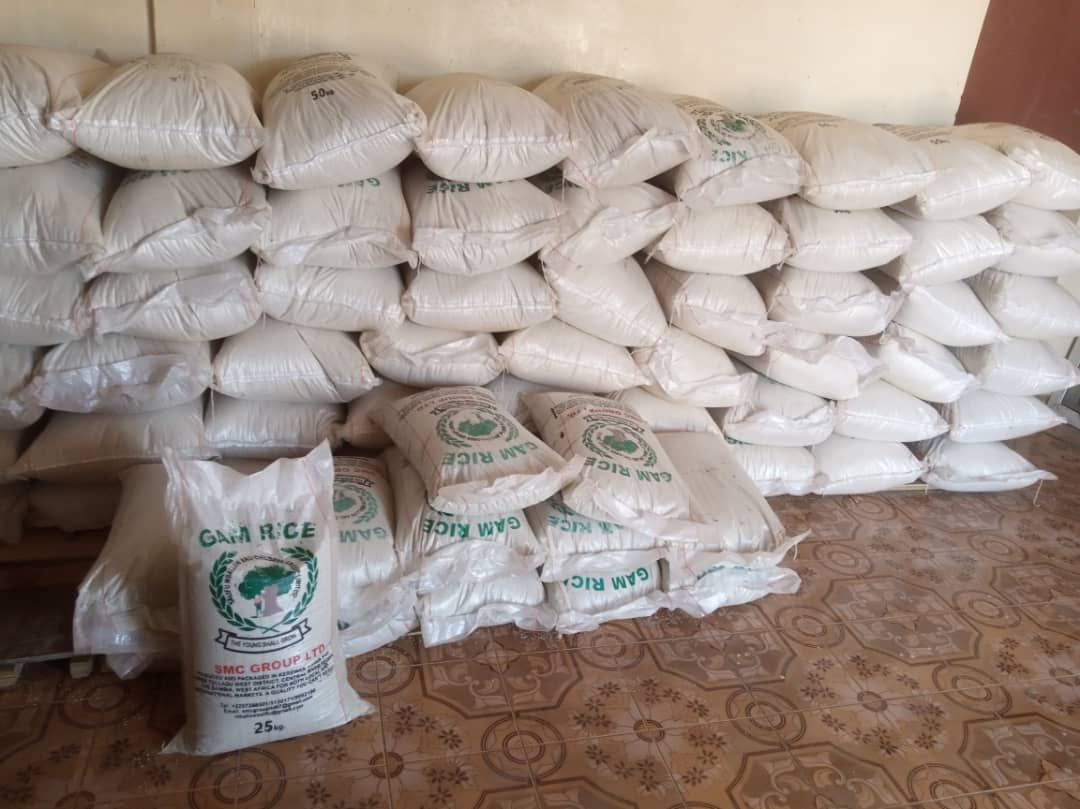
“With the Gambia people and the government, it is possible. I want my brand to be produced in the Gambia, sold in the Gambia, and reach the international level.”
However, the SMC Managing Director highlighted that the Gambian mentality that puts foreign goods over homemade in the preference scale, inadequate modern machinery, and the lack of support for the private sector could be setbacks in achieving their goals.
“When government, private companies, and individuals, we can reach the international level. We will reach that level if we have sufficient support in our work. And everyone is welcome. The demand for rice is high. We produced over 200 bags first, and all were sold in a month,” Salif said.
At the farms, 4 kilometers away from the main village, we discovered that SMC and all other farmers growing rice in this area get their water from irrigated channels dug from the river, enabling them to cultivate rice even in the dry season. SMC owned about 22 hectares of rice farms in this area.
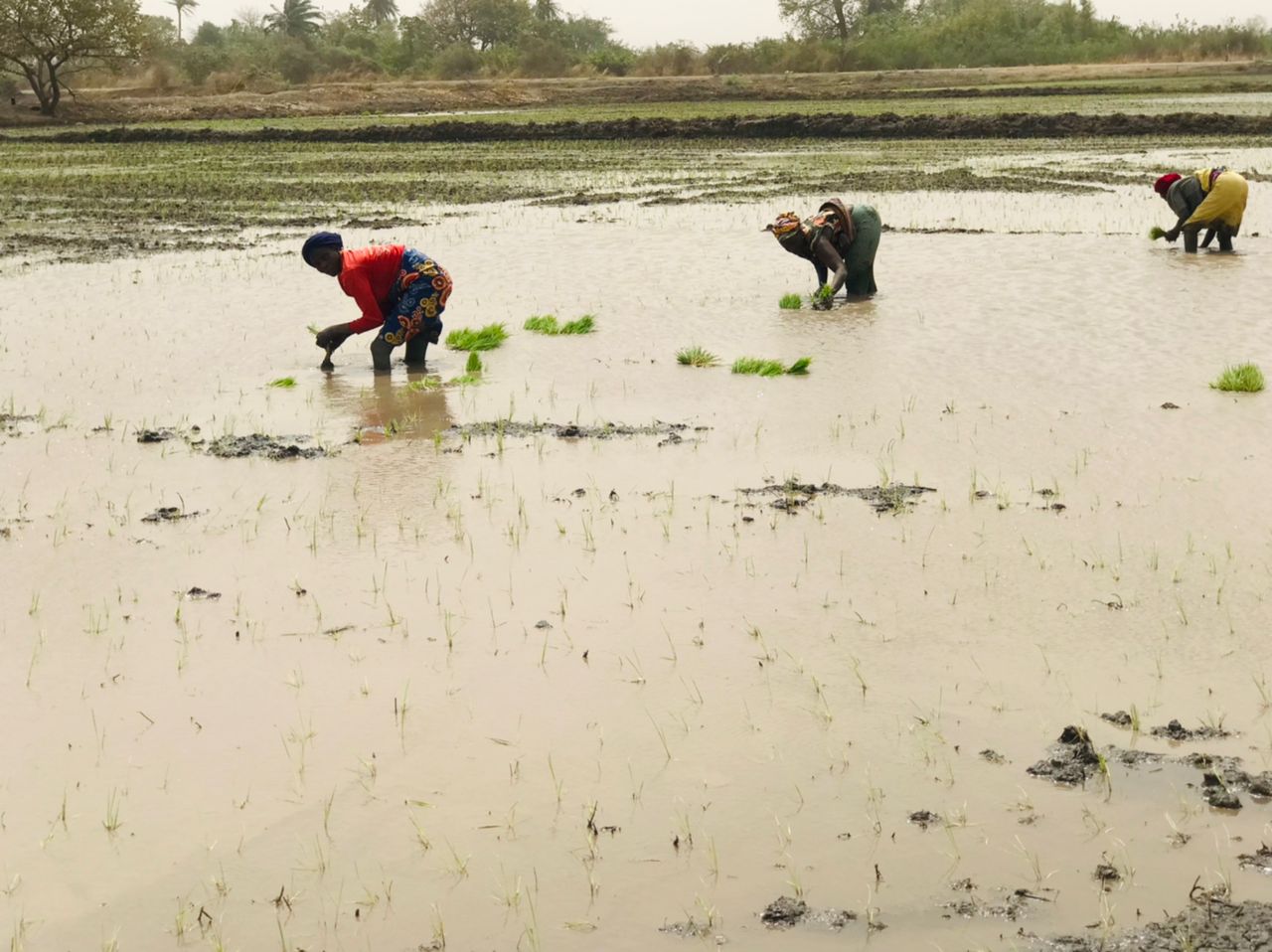
The Gambia government aims to achieve food self-sufficiency mainly through rice production. Four days ago, the Minister of Agriculture, Demba Sabally, told lawmakers in the parliament that they are committed to realizing that dream by 2026.
According to a Professor of Economics at the University of The Gambia, Dr. Momodou Mustapha Fanneh said, 75% of the Gambia’s GDP comes from the agricultural sector, adding that the main drivers in this sector are rice and groundnut cultivations.
However, Dr. Fanneh argued that there had been a rise in importation recently, which has implications for the Gambia’s health and economic sectors.
“The money we spend on rice importation is huge. During the former regime, the Gambia spent $50 billion on rice importation, and at that time, we planned to promote food self-sufficiency through rice production. I think the government needs to return to that,” Professor Fanneh said.
“We are facing many sickness and health issues because of some of the imported rice we consume. We used to export rice in the 1980s when Jahali Pacharr and Sapu were in their prime, and people were healthier because the rice we eat was domestically produced.”
Dr. Fanneh believes for the Gambia to achieve food self-sufficiency through rice cultivation which could be a massive boost to the economy, the agricultural sector needs to be commercialized alongside adequate support and resources to the private sector involved in farming activities.


